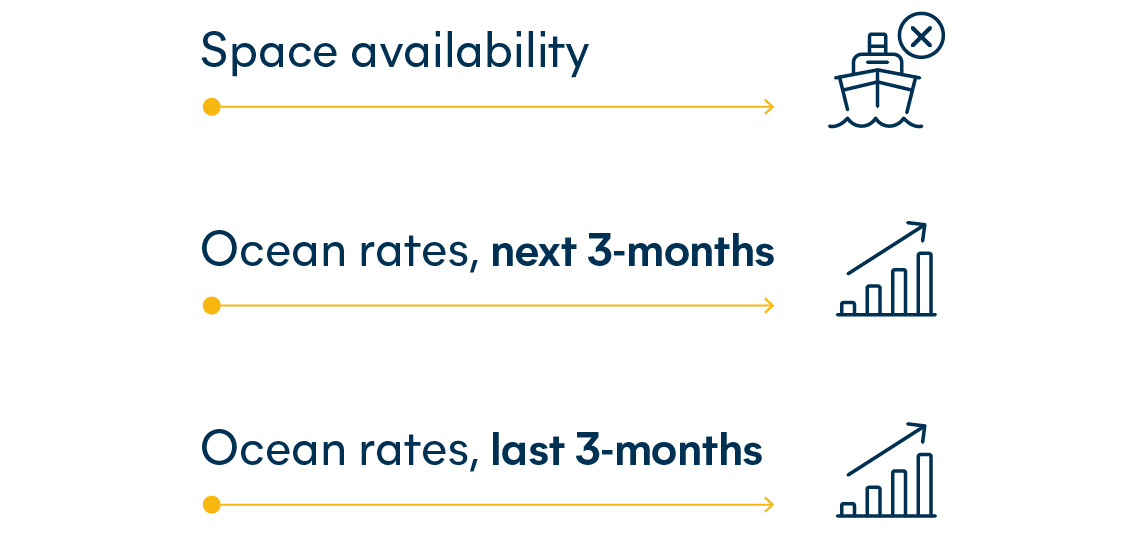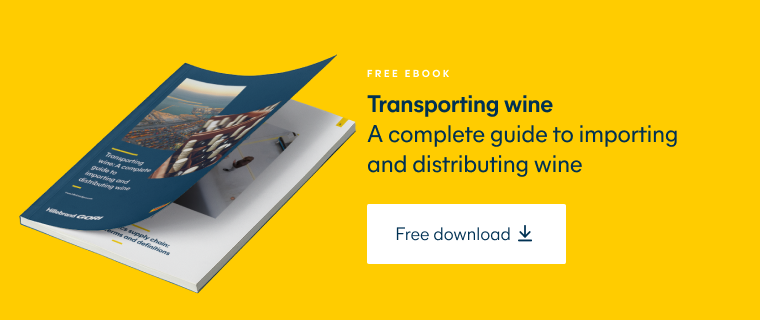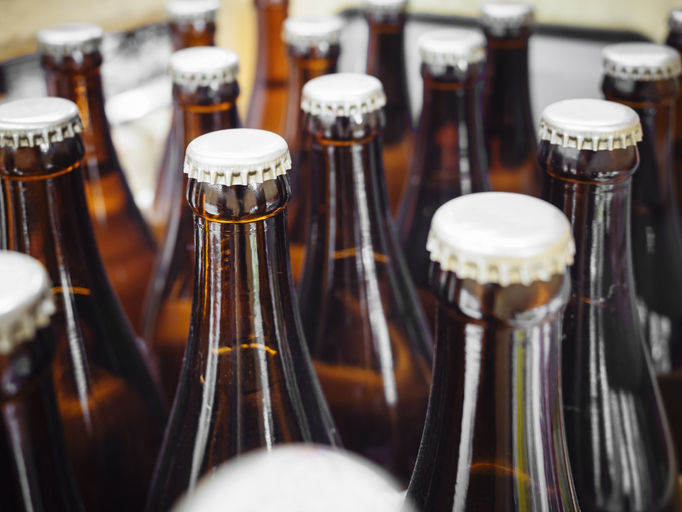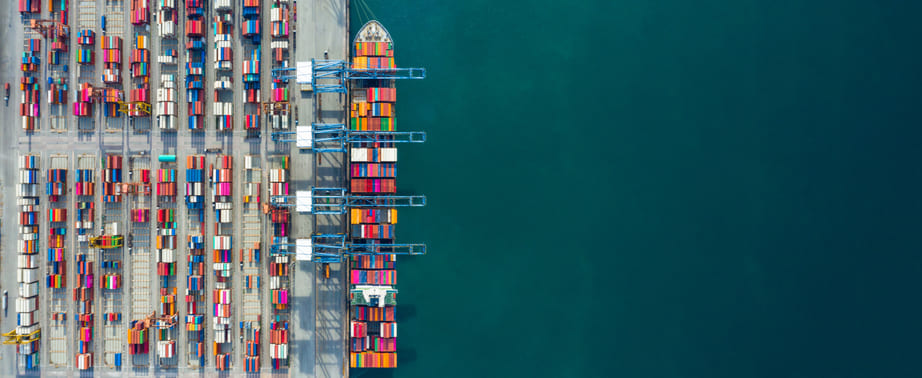Trade lane logistics: What's happening with sea shipping?
If you're involved in the wine industry, it's important to have a good understanding of global shipping and trade lane logistics.
Staying informed about the trade lanes you move your beverages between can help you optimize your shipping routes and avoid delays. It can also help you understand what’s happening on the major beverage trade lanes and how that might impact your business.
This article will give you an overview of trade lane logistics, including what trade lanes are and how they're used in shipping. We'll also update you on what's happening with global trade lanes.
What is a trade lane?
Trade lanes are routes that ships take to transport goods between different ports.
Just as there are different highways and roads that trucks use to travel between cities, there are various trade lanes that ships can use to travel between ports.
The term "trade lanes" can refer to the routes that ships take and the shipping lanes themselves. The term is most commonly used to refer to the shipping lanes, which are the areas of the ocean that are designated for shipping traffic.
So, when we talk about trade lane logistics, we're talking about planning and managing the shipping traffic that uses these trade lanes.
Trade lane logistics can be a complex process because there are many different factors to consider. For example, you need to take into account the different:
Types of ships that are using the trade lanes.
Types of cargo that they're carrying.
Ports they're going to.
You also need to consider the different weather conditions that can affect shipping traffic and the rules and regulations that govern trade lanes.
All of these factors need to be considered to ensure that shipping traffic flows smoothly and efficiently. Trade lane logistics is, therefore, a vital part of the shipping industry, and it's important to have a good understanding of how it works.
Here's an update on what's happening with global sea shipping trade lanes.
Trade lane logistics: The state of global sea shipping
While Europe and North America have come to an agreement over the Boeing dispute, Asia and Oceania are still at loggerheads over anti-dumping tariffs, and South Africa faces another freeze in alcohol sales. These are situations that all affect the trade of goods globally.
We’ve summarized what’s happening with global trade lanes, so you can stay well-informed about the situation.
Download the full global shipping trade lane dashboard
Europe to Asia / Middle East
Rebounding back after a wave of COVID put the brakes on port operations at Yantian port, equipment availability is scarce, especially for reefers.

North America to Europe
The recent fire on board the NYK Delphinus and the continued omission of Oakland port by carriers add to the existing backlog of containers. Rates are expected to remain undisturbedthrough the end of Q3.

Asia to North America
Cargo volumes increased by 35%, and freight rates above USD 20,000/40 to USWC have become “normal.” Access to space will worsen in the coming weeks.

Oceania to Asia
Most carriers report full vessels through to the end of July, and vessel berthing is delayed up to seven days.
Goods are moving by ocean, albeit slower than what we’ve previously been accustomed to. Plus, there are other options for full container shipping, such as groupage for smaller shipments or air freight for speed.
It’s also worth considering insulating your pallets or full containers. With berth times long and port omission unpredictable, you’ll want to safeguard your products from temperature and humidity as these lead to problems like container rain and odor!

Stay up-to-date on the latest developments by downloading our global shipping trade lane dashboard.
Download the full global shipping trade lane dashboard
How can we help you with trade lane logistics?
Efficient trade lane logistics are vital for businesses that rely on shipping goods worldwide.
If you're looking for ways to improve your trade lane logistics, we can help.
We specialize in helping businesses streamline their operations and improve their bottom line. We have a team of experienced professionals who can help you with logistics.
Contact us today to find out how we can help your business grow.





